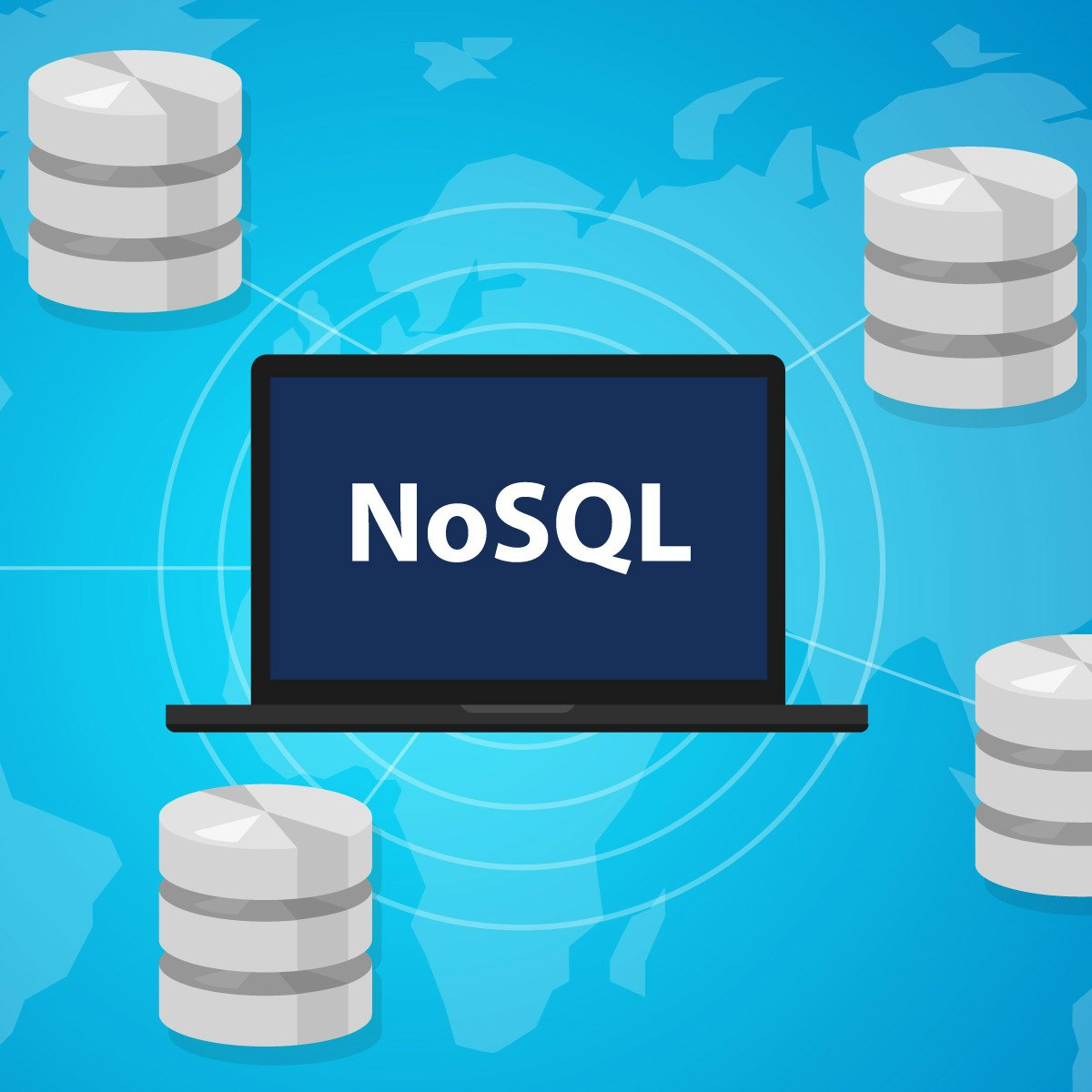Back to Courses









Software Development Courses - Page 47
Showing results 461-470 of 1266

Practical Use Cases of CSS3 Flexbox
By the end of this project, you will understand some of the practical use cases of Flexbox in easy way which can be helpfull in building modern web layouts. And you will also understand the differences between Flexbox and CSS Grid so that one can decide at very early stage of the web development UI process which one to choose.
Note: This course works best for learners who are based in the North America region. We’re currently working on providing the same experience in other regions.

Getting Started with Version Control in RStudio
Welcome to this project-based course Getting Started with Version Control in RStudio. In this 2 hour-long project, you will learn how to perform version control in RStudio.
By the end of this 2-hour long project, you will understand how to create R projects, link new R projects with Git and GitHub, link existing R projects with Git and GitHub from the R interface. You will also learn about R markdowns, their use and how to create them.
This course aims at learners looking to get started using the R programming language for version control. There are no hard prerequisites, and any competent computer user or anyone with a basic hang of R should complete the project successfully.

Protecting Cloud Architecture with Alibaba Cloud
Course Description
The Security Exam Preparation Course is a series of online courses covering topics including Linux and Windows OS basics and operations, network fundamentals, host security, application security, network security, and data security. It is designed to help you understand how these products work, how they should be used, and help you gain the required knowledge to prepare for the ACA/ACP level cloud security specialist.
To earn an official Alibaba Cloud certificate please join the Security courses on the Academy's website:
Cloud Platform Security Overview: https://edu.alibabacloud.com/certification/clouder_securityoverview
Secure Your Data on Alibaba Cloud: https://edu.alibabacloud.com/certification/clouder_securedata
Use Alibaba Cloud Anti-DDoS Service to Defend DoS Attack: https://edu.alibabacloud.com/certification/clouder_ddos

Cloud Computing Applications, Part 1: Cloud Systems and Infrastructure
Welcome to the Cloud Computing Applications course, the first part of a two-course series designed to give you a comprehensive view on the world of Cloud Computing and Big Data!
In this first course we cover a multitude of technologies that comprise the modern concept of cloud computing. Cloud computing is an information technology revolution that has just started to impact many enterprise computing systems in major ways, and it will change the face of computing in the years to come.
We start the first week by introducing some major concepts in cloud computing, the economics foundations of it and we introduce the concept of big data. We also cover the concept of software defined architectures, and how virtualization results in cloud infrastructure and how cloud service providers organize their offerings. In week two, we cover virtualization and containers with deeper focus, including lectures on Docker, JVM and Kubernates. We finish up week two by comparing the infrastructure as a service offering by the big three: Amazon, Google and Microsoft.
Week three moves to higher level of cloud offering, including platform as a service, mobile backend as a service and even serverless architectures. We also talk about some of the cloud middleware technologies that are fundamental to cloud based applications such as RPC and REST, JSON and load balancing. Week three also covers metal as a service (MaaS), where physical machines are provisioned in a cloud environment.
Week four introduces higher level cloud services with special focus on cloud storage services. We introduce Hive, HDFS and Ceph as pure Big Data Storage and file systems, and move on to cloud object storage systems, virtual hard drives and virtual archival storage options. As discussion on Dropbox cloud solution wraps up week 4 and the course.

Getting Started with Cascading Style Sheet
In this 1.5-hour long project-based course, you will gain hands-on experience with one of the most fundamental skills for a web developer: CSS, cascading style sheet. You will transform a very plain website to a beautifully presented one in this project! If you have some basic knowledge of HTML but found CSS perplexing, or just want to hone your CSS skill, this course is for you!
By the end of this course You will understand how CSS works, have a basic understanding of the essential topics, and be able to apply it to web development and web design projects!

Build File Utilities with Linux Shell Script
In this 1.5 hour guided project, you will learn about the Linux file system. How to manipulate files in Linux as well as using shell script to build useful utilities. At the end of this project, you will have built 3 useful file utility shell scripts (5 if you participate in the optional practice and cumulative challenge).

Introduction to NoSQL Databases
This course will provide you with technical hands-on knowledge of NoSQL databases and Database-as-a-Service (DaaS) offerings. With the advent of Big Data and agile development methodologies, NoSQL databases have gained a lot of relevance in the database landscape. Their main advantage is the ability to effectively handle scalability and flexibility issues raised by modern applications.
You will start by learning the history and the basics of NoSQL databases and discover their key characteristics and benefits. You will learn about the four categories of NoSQL databases and how they differ from each other. You will explore the architecture and features of several different implementations of NoSQL databases, namely MongoDB, Cassandra, and IBM Cloudant. You will then get hands-on experience using those NoSQL databases to perform standard database management tasks, such as creating and replicating databases, loading and querying data, modifying database permissions, indexing and aggregating data, and sharding (or partitioning) data.

LCFA Exam Preparation
This course is ideal for those getting started in an IT career as an administrator/engineer who want to become a Linux Foundation Certified IT Associate (LFCA).
The LCFA Exam Preparation course is designed to introduce learners to the sponsor organization behind the LFCA certification exam and the details of taking the LFCA exam. This class helps learners prepare for the LFCA exam through a series of self-paced learning, readings, discussions and practice exams.

Introduction to TestNG and Integration with Selenium
TestNG stands for Test Next Generation is a testing framework that provides the developer the ability to write more flexible and powerful tests with help of easy annotations, grouping, sequencing & parametrizing.
It can easily be integrated with automation tools like Selenium and is widely used by automation test experts to write functional tests.
In this one-hour guided project through hands-on, practical exercises, you will learn --
1. Writing test cases using @Test annotation using TestNG
2. Using @BeforeMethod and @AfterMethod annotations and their purpose in TestNG
3. Using @BeforeClass and @AfterClass annotations and their purpose in TestNG
4. TestNG integration with Selenium automation tool
5. Priority and enabled attributes in TestNG to control the order of execution and enabling/disabling a test case.
6. Using Assert statement to add assertions in TestNG
7. Understanding different format of reports in TestNG
Note: This course works best for learners who are based in the North America region. We’re currently working on providing the same experience in other regions.

Manipulate Arrays with JavaScript Methods
By the end of this project, you will have used JavaScript methods to manipulate the elements in an array. Methods can be used to add new elements to an array and to remove unwanted elements. Methods can also be used to create a new array by copying elements from one or more existing arrays.
Note: This course works best for learners who are based in the North America region. We’re currently working on providing the same experience in other regions.
Popular Internships and Jobs by Categories
Browse
© 2024 BoostGrad | All rights reserved


